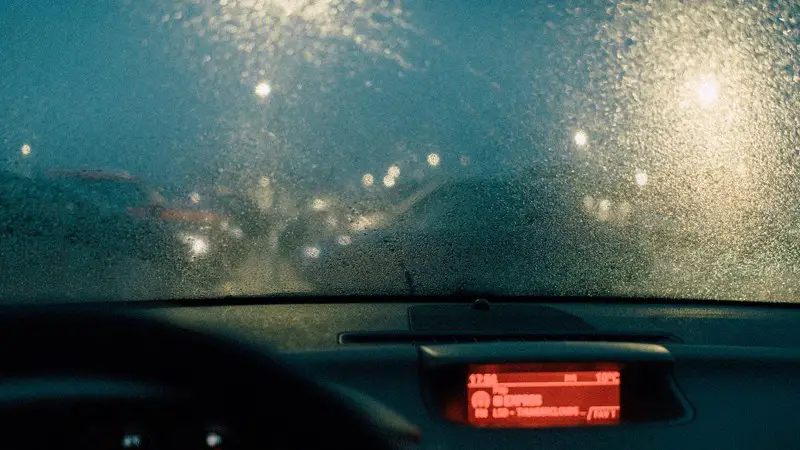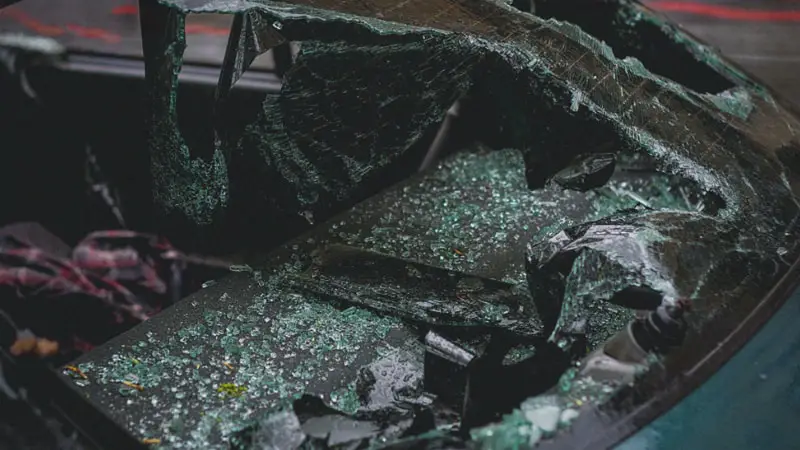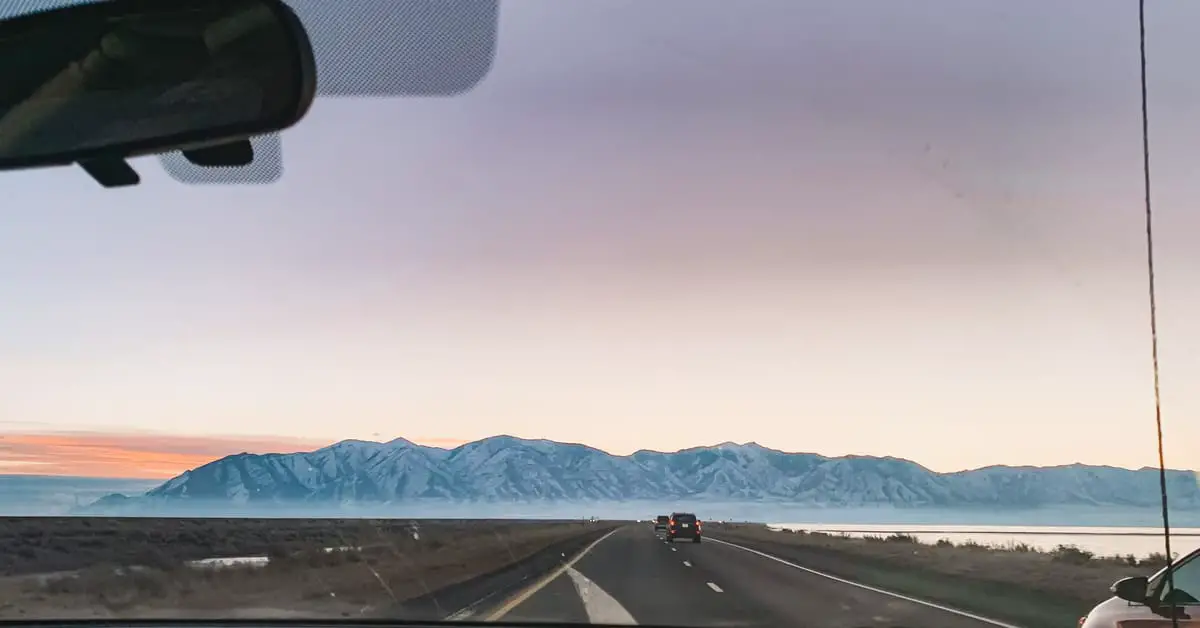“Windshield cracks” is a common problem that could happen to anybody. One of the factors that cause this type of issue is road debris, which mostly occurs when the tires of other vehicles throw rocks and gravel from the road surface to the windscreen.
There are several different forms of windshield cracks; some of them can be fixed while others will need you to replace the entire glass. For instance, if you have three or more cracks anywhere on your vehicle’s windscreen, the best thing you can do to prevent further damage is to replace the glass entirely.
Unlike windscreen repairs that only take about 30 minutes, replacements can take more than an hour. During this process, a urethane adhesive is utilized to seal the glass firmly in place. Before you’ll be eligible to drive your car after the replacement, the adhesive needs to dry – which could take at least an hour.
Is it possible to drive your car immediately after windshield replacement? How long does it take for the windshield adhesive to cure? What can you not do after replacing your vehicle’s windshield? These are the frequently asked questions that I’ll be addressing in the rest of this article.
Can You Drive Immediately After Windscreen Replacement?

It’s not okay to drive your car immediately after replacing the windshield of your car. Doing that can disorient the position of the windshield. That’s not all; driving your vehicle can even create some gaps between the car body and the windscreen.
In case you don’t know, most technicians need an adhesive substance to be able to keep the windshield in place after replacement. Here’s the thing; during the replacement process, which could take at least an hour, the technician will use a urethane adhesive to seal the laminated safety glass in place.
A urethane structural adhesive is a two-part formulation that does not require moisture to dry and cure. It’s known to be effective and bond well to plastics, woods, and glasses. The only problem, however, with the adhesive is that it takes time to cure.
According to experts, the urethane structural adhesives used during the replacement of windshields usually take up to 24 hours to dry, reach their full strength, and cure completely.
However, if it’s impossible to leave your car at the repairer’s workshop for 24 hours, another thing you can do is to wait for the adhesive to dry for at least one hour. At this point, the windshield would have dried enough to be driven around (under normal driving conditions).
But you need to keep in mind that the urethane adhesive isn’t dry enough at this point. Since that’s the case, you’ll need to drive your car with care and avoid colliding with another car. If this happens, it could damage the vehicle’s windshield, requiring you to spend another money replacing the glass.
The bottom line is that you can’t drive your car immediately unless the urethane adhesive used to seal the windshield has dried for at least an hour. The last 24 hours after replacing your vehicle’s windshield is critical. You need to drive safely and watch how you close your door and handle the car.
How Long Does It Take For Windshield Adhesive To Cure?
As earlier mentioned, urethane adhesive is essential for bonding the windshield laminated safety glass to the car body. It doesn’t matter whether or not the laminated glass you’re using is tough, if you fail to use an adhesive during the installation process, this could damage the windscreen.
The purpose of using a urethane adhesive is to make sure the windshield is held in place. So, without it, the windscreen may end up separating from the car body during a car collision or accident.
For you to achieve the best results when replacing your windshield, the addition of urethane adhesive is essential. That’s not all; you also need to allow the adhesive to dry and cure properly.
As earlier mentioned, it usually takes up to 24 hours for the urethane structural adhesive to reach its full strength and cure completely. No doubt, within one hour after replacing the glass, the adhesive will have dried enough for normal driving. However, for the best results, you need to drive the car safely and avoid doing things that could stress the windscreen until the adhesive dries and cure completely.
What Can You Not Do After Windshield Replacement?

There are several things that you can’t do after replacing the windshield of your car. Let’s quickly take a look at some of the most important things to avoid:
1. Avoid driving your car immediately
Although I have mentioned this earlier, I’ll mention it again; it’s not okay to drive your vehicle immediately after replacing the windshield. If you can’t wait for the recommended 24 hours for the urethane adhesive to cure completely, at least, you need to wait for an hour. After the first hour of replacing the windshield, the adhesive would have dried enough for normal driving.
2. Be careful when driving
You need to be very careful when driving your car. First, ensure you look around for shards of glass that may be leftover before driving. I know this is the work of the technician but it’s okay to be extra careful.
Furthermore, when driving your car, you need to avoid driving aggressively. Since the adhesive isn’t yet dry, you must avoid colliding with another vehicle. Doing that may cause the laminated safety glass to separate from the body of your vehicle – of course, you know what that means.
3. Avoid removing the retention tape
The retention tape is utilized by technicians to hold the windshield moldings in place. The purpose of that is to protect the new seal, as the urethane adhesive cures. As such, avoid removing the retention tape until you’re sure the adhesive is completely cured.
4. Avoid cleaning the vehicle
The next 24 hours or more after installing the new laminated safety glass isn’t the time to wash and clean your vehicle. You need to keep this in mind to avoid damaging the new moldings before they have time to cure completely.
5. Avoid cleaning the windscreen under the sun
When the time is right for you to start cleaning your windscreen, you need to avoid doing it under the sun. Direct sunlight will most likely get the cleaner dry on the windshield, leaving noticeable streaks after washing – this is not good enough for you while driving.

